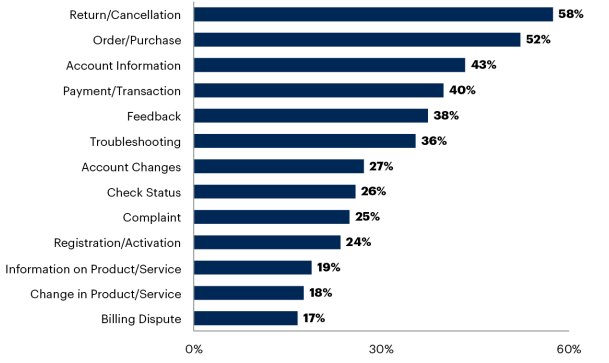A Gartner survey of 497 B2B and B2C customers from December 2022 through February 2023 reveals that only 8% of customers used a chatbot during their most recent customer service experience. Even worst, just 25% said they would use that chatbot again in the future.
Despite customer service and support leaders’ growing focus on chatbots, customer use of them remains low, suggesting they don’t consistently help customers accomplish their goals.
The survey found the ability of a chatbot to move the customer’s issue forward was the top driver of adoption, explaining 18% of the variance in customers’ likelihood to use their chatbot again.

“While many customer service and support leaders look to chatbots as the future of the function, customers clearly need some convincing,” said Michael Rendelman, Senior Specialist, Research, in the Gartner Customer Service and Support practice. “To improve chatbot adoption, the key is to focus on improving the chatbot’s ability to move customers’ issues forward.”
Chatbots resolve 58% of returns and cancellations, but only 17% of billing disputes
Resolution rates vary greatly by issue type: Just 17% of billing disputes are resolved by customers who used a chatbot at some stage in their journey (see Figure 1), while resolution rates for customers making a return or cancellation were as high as 58%.
Figure 1. Resolution Rates by Service Issue Type for Chatbot Users

While service organisations have a deep understanding of the capabilities and limitations of their chatbots, and what issues are a good match for chatbots to resolve, customers do not. The survey found customers are just 2% more likely to use a chatbot for a return/cancellation than use it for a billing dispute, despite a significant difference in resolution rates between the two.
“Chatbots aren’t effective for all issue types,” said Rendelman. “As generative AI makes them more advanced, customer confusion about what chatbots can and can’t do is likely to get worse. It’s up to service and support leaders to guide customers to chatbots when it’s appropriate for their issue and to other channels when another channel is more appropriate.”





